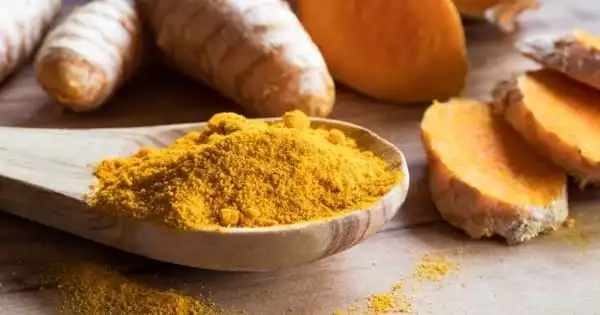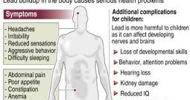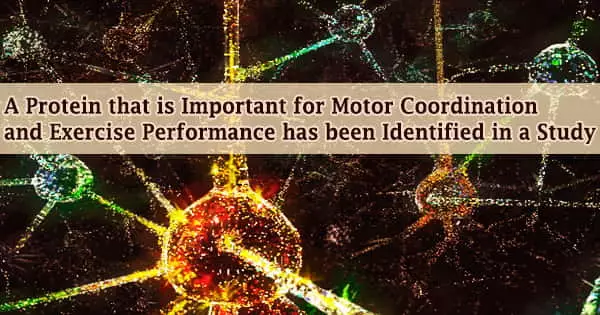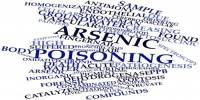Curcumin is the main polyphenolic molecule found in turmeric, and it has a wide range of applications in tissue engineering and regenerative medicine. It possesses certain significant inherent qualities that have the ability to aid in tissue repair, including as anti-inflammatory, antioxidant, and antibacterial capabilities. As a result, curcumin has been utilized to treat a variety of injured tissues, including wound injuries. Curcumin comes in a variety of forms, the most important of which are nanoformulations in regenerative medicine.
Curcumin, a component of turmeric, has anti-inflammatory and antioxidant properties and has been shown to inhibit angiogenesis in malignant tumors. Bioengineers have discovered that when this flexible molecule is transported into stem cell cultures via magnetic hydrogels, it paradoxically increases the release of vascular endothelial growth factor, or VEGF, which aids in the formation of vascular tissues.
A discovery made by UC Riverside bioengineers could speed up the synthesis of lab-grown blood vessels and other tissues that can be used to replace and regenerate damaged tissues in human patients. The findings were reported in the journal ACS Applied Materials and Interfaces.
Our findings reveal that curcumin released from magnetic hydrogels encourages cells to generate VEGF, which is one of the most important growth factors for the development of new blood vessels.
Changlu Xu
Curcumin, a component of turmeric, has anti-inflammatory and antioxidant properties and has been shown to inhibit angiogenesis in malignant tumors. Bioengineers at UC Riverside have discovered that when this flexible molecule is transported into stem cell cultures via magnetic hydrogels, it paradoxically increases the release of vascular endothelial growth factor, or VEGF, which aids in the formation of vascular tissues.
Curcumin’s potential utility in vascular regeneration has long been suspected but has received little attention. Huinan Liu, a bioengineering professor at UCR’s Marlan and Rosemary Bourns College of Engineering, oversaw research to investigate curcumin’s regeneration qualities by coating magnetic iron oxide nanoparticles with the molecule and combining them with a biocompatible hydrogel.
When cultured with stem cells derived from bone marrow, the magnetic hydrogel gradually released the curcumin without injuring the cells. Compared to hydrogels embedded with bare nanoparticles, the group of hydrogels loaded with curcumin-coated nanoparticles showed a higher amount of VEGF secretion.

“Our findings reveal that curcumin released from magnetic hydrogels encourages cells to generate VEGF, which is one of the most important growth factors for the development of new blood vessels,” said co-author Changlu Xu, a doctorate candidate in Liu’s group who specialized in hydrogel research.
The researchers then effectively directed the passage of the nanoparticles through new pig tissue using a magnet, implying that this technology could potentially be used to administer curcumin to help heal or regenerate wounded tissue in humans.
The researchers also used the magnetism of the nanoparticles to see whether they could direct the nanoparticles to certain places in the body. They placed some of the curcumin-coated nanoparticles in a tube beneath fresh pig tissue and effectively directed the movement of the nanoparticles using a magnet.
The success shows that the technology could be utilized to distribute curcumin to assist mend or regenerating wounded tissue in the future. It is also critical to develop advanced delivery mechanisms for controlled/localized curcumin distribution to specific tissues and organs. Although there have been numerous reports on the benefits of this chemical, more research is needed to properly examine its clinical applications.
Liu was joined in the research by her graduate students Radha Daya, Changlu Xu, and Nhu-Y. Thi Nguyen at UC Riverside. The paper, “Angiogenic hyaluronic acid hydrogels with curcumin-coated magnetic nanoparticles for tissue repair,” is available here.
















